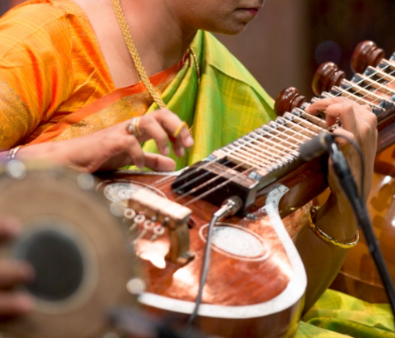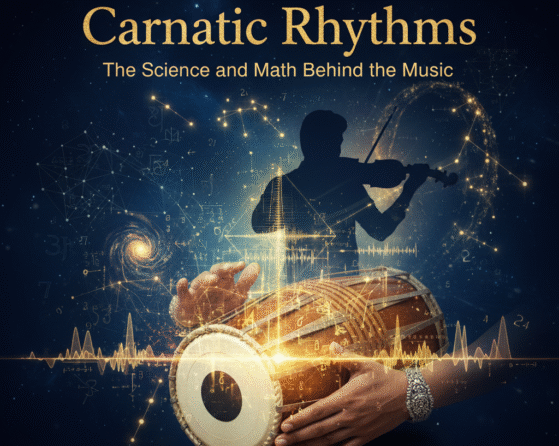The Role of Mridangam in Carnatic Music
The mridangam, a revered percussion instrument in the realm of Carnatic music, is often described as the heartbeat of the ensemble. Its rhythmic intricacies and profound melodic support form an indispensable foundation for this rich and complex art form. Beyond its rhythmic prowess, the mridangam plays a crucial role in shaping the overall musical experience, elevating it from mere auditory stimulation to a deeply immersive and transformative journey.
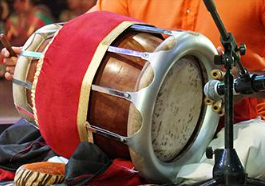
The Architect of Rhythm
At the core of the mridangam’s function lies its role as the rhythmic architect. It establishes the tala, the rhythmic cycle that underpins the entire composition. The mridangist, a master of their craft, employs a sophisticated system of hand and finger techniques to produce a vast array of sounds, from deep, resonant bass notes to crisp, percussive accents. These sounds are meticulously coordinated to create intricate patterns that not only provide a steady rhythmic pulse but also contribute to the overall melodic and harmonic structure of the music.
The precision and complexity of the mridangam’s rhythmic patterns are awe-inspiring. The mridangist must possess an encyclopedic knowledge of talas, their variations, and their intricate subdivisions. This mastery is evident in the ability to seamlessly transition between different rhythmic cycles, maintaining a consistent and engaging pulse throughout the performance.
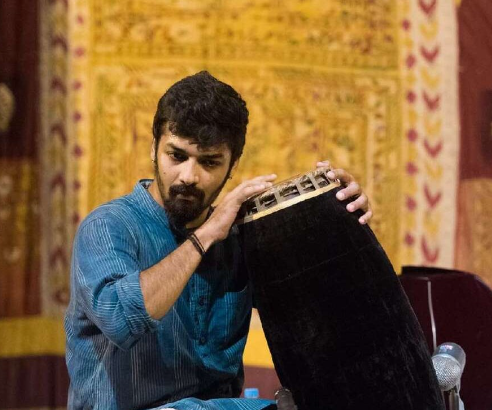
Beyond Rhythm: A Melodic Partner
While the mridangam is primarily a percussion instrument, its role extends far beyond the realm of rhythm. It forms a symbiotic relationship with the main vocalist or instrumentalist, providing a harmonic and melodic foundation that enhances the overall musical experience. The mridangist achieves this by employing a technique known as “sruti matching,” where the pitch of the mridangam is subtly adjusted to complement the melodic line. This creates a sense of unity and cohesion within the ensemble, resulting in a rich and immersive musical tapestry.
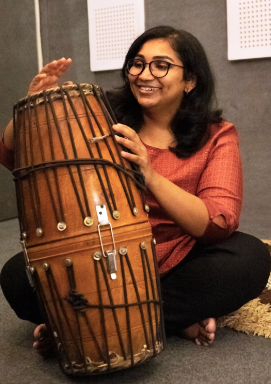
The Art of Tani Avarthanam: A Soloist’s Showcase
One of the most captivating aspects of a Carnatic music concert is the tani avarthanam, a solo percussion performance by the mridangist. This virtuosic display showcases the mridangist’s mastery of the instrument, as they create intricate and complex rhythmic patterns that mesmerize the audience. The tani avarthanam is not merely a technical exercise but a form of musical storytelling, where the mridangist communicates with the audience through the language of rhythm.
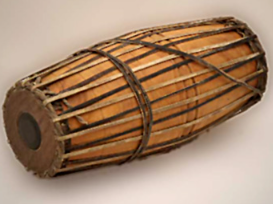
Conclusion
The mridangam is an indispensable component of Carnatic music, serving as both the rhythmic backbone and the melodic collaborator. Its mastery requires dedication, discipline, and a deep understanding of the art form. By studying the mridangam, musicians can unlock a world of rhythmic possibilities and contribute to the ongoing evolution of this timeless tradition.
For more information and exciting resources about learning music, visit our website at The Mystic Keys. For more music content and exciting offers follow us on


